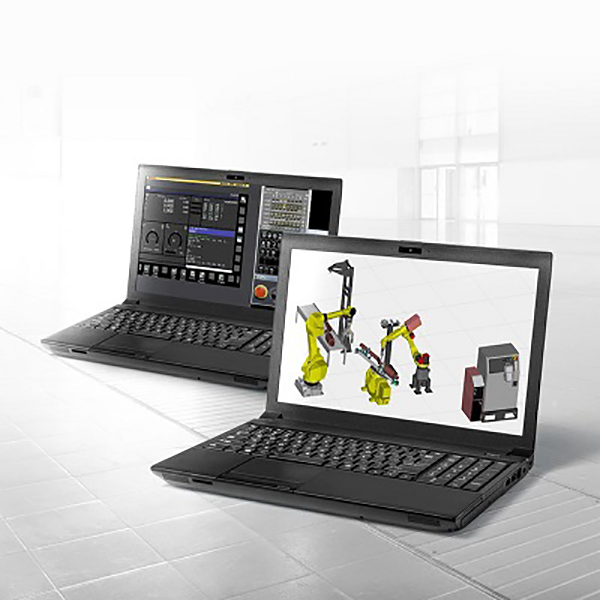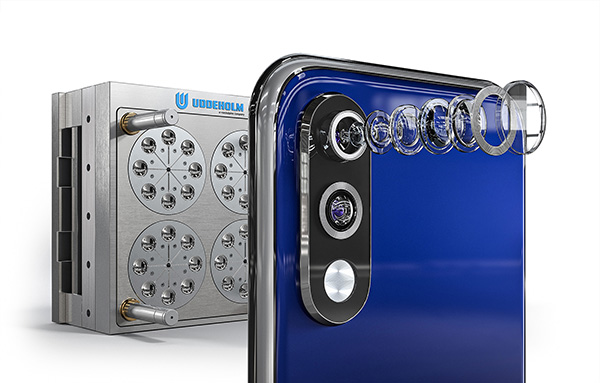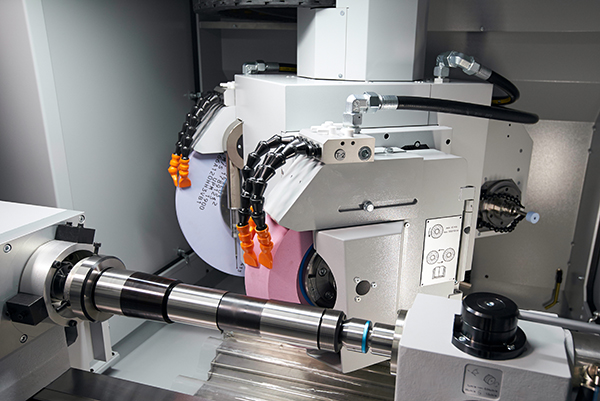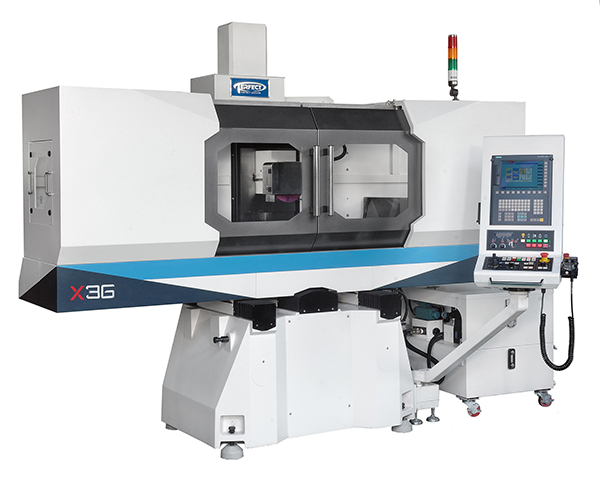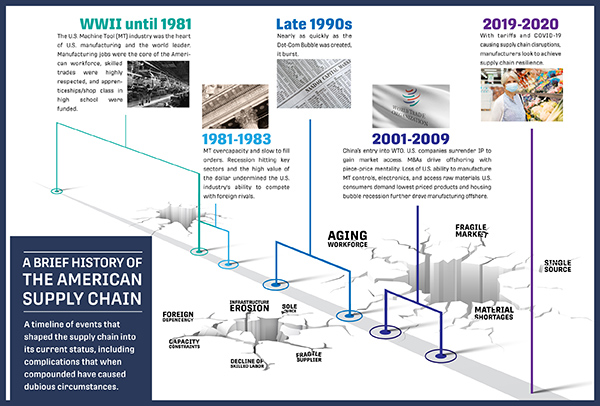The two-machine X series of two- and three-axis surface grinders from Taiwan-based Perfect has long been a part of RK International Machine Tools’ portfolio of precision grinding machines. Now, thanks to the addition of full CNC in the form of the Siemens 828D control, these machines have gained even greater versatility, with the three-axis versions now able to perform full contour grinding as standard.

The X25 with its 250 x 500 mm table – and the larger X36 with 300 x 600 table – feature 550 mm and 600 mm clearance between table and spindle centreline respectively. Both variants are based on a construction that was developed through FEA for added stiffness and support. Spindles are also high-performance P4 units with precision angular contact bearings delivering runout of <2 μm. The spindle itself features an inverter giving users a choice of spindle speed to suit specific materials.
Craig Digweed, RK International’s product manager - grinding products, says: “With the addition of full CNC control from Siemens, the X series provides, as standard, cycles to cover surface, crisscross, plunge and pitch [same pitch and same depth] grinding. However, customers can now specify optional cycles such as stair, side, profile and contour grinding, giving them much greater control over their operations.”
Table speed ranges from 1 to 25 m/min, dependant on machine specification, with a cross feed of 1100 mm/min on all machines. A table mounted, three-piece dressing diamond is standard and, to accommodate the variety of additional grinding cycles, rotary and roller dressing devices can be offered for wheel forming options.
For further information www.rk-int.com







